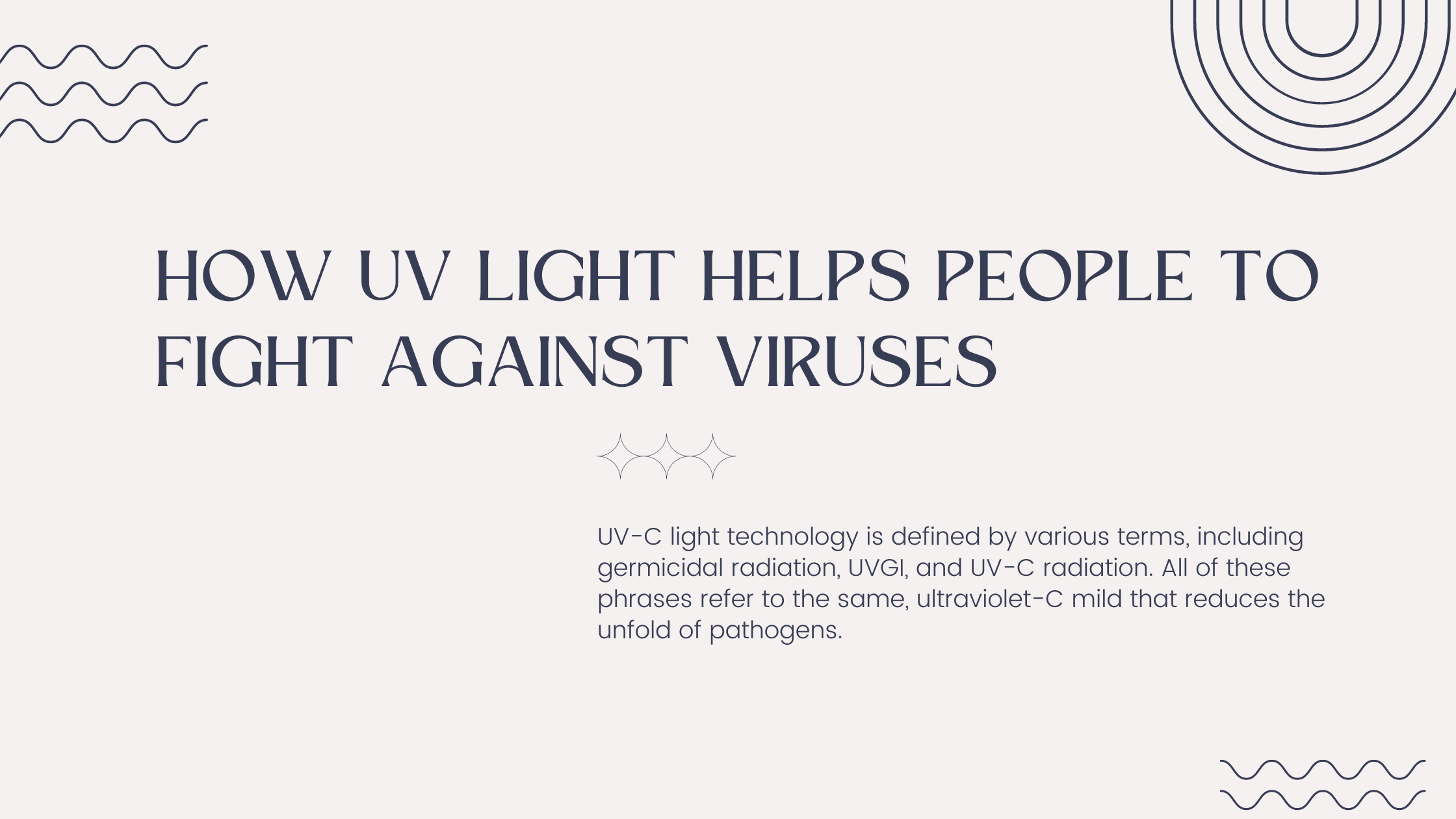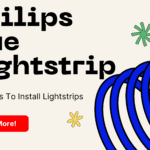As healthcare facilities, schools, and businesses across the country work to implement solutions that can provide a safer, cleaner environment for their staff, visitors, and patients, UV-C light is a term that continues to gain traction. UV-C wavelengths, 200 nm to 280 nm, are the effective wavelengths at which typical external sterilizing lamps kill germs.
UV-C lamps can kill up to 99% of dangerous viruses, bacteria, molds, spores, and other harmful microorganisms every day, including the COVID-19 coronavirus, which we are still fighting against. Philips UVC lamps are very effective tools for killing viruses by emitting UV light without direct contact with surfaces or objects. Let’s take a look at how UV lamps can help protect us from viruses and the application of UV disinfection lamps.
How does UV light help to protect people from viruses?
Philips UVC disinfection lamps are not new, and even before the COVID-19 outbreaks, UVC lamps have been used to sterilize products on production lines, treat water in wastewater treatment plants, and passively clean hard-to-reach parts of HVAC like heating, ventilation, and air conditioner, systems and other application scenarios that have been tried and tested.
UV disinfection lamps are back in the spotlight due to their widespread use during the Covid-19 pandemic. Open air and water are full of bacteria, and using UVC disinfection lamps for extended periods can remove various microorganisms from the air or water. The principle is that deep ultraviolet light can destroy cell membranes and nuclear structures of cells, especially the base pairs of the genetic material DNA/RNA, rendering them unable to replicate or inactive and dead.
- Hospitals and Outpatient Clinics
Healthcare facilities were among the first industries to adopt disinfecting UVC lamps. Germicidal UVC lamps are often used to ease clinic rooms, hallways, lobbies or ready areas, emergency facilities, etc.
This use case is closely related to COVID-19, as UVC UV is effective in killing viruses and other invasive microorganisms in hospitals. Medical facilities have fully integrated UVC disinfection lamps into their daily operations during the novel coronavirus.
- Gymnasiums/auditoriums and schools
Public locations with excessive traffic, such as public stadiums and schools, can advantage from UV-C disinfection lamps. UVC lamps can be used to easy seats, rooms, lockers, hallways, stairs, and high-traffic areas.
- For public places and the airline industry
UV disinfection lamps quickly disinfect buses, trains, airplanes, and other forms of public transportation. The process is significantly faster and more effective than using traditional chemical disinfectants to wipe individual seats and large surfaces.
UVC light technology is an irradiation method that uses a specific wavelength of ultraviolet light to neutralize microorganisms. UV-C light is germicidal, meaning it inactivates the DNA of microorganisms such as bacteria, viruses, and other pathogens, disrupting their ability to multiply and cause disease.
UV-C light technology is defined by various terms, including germicidal radiation, UVGI, and UV-C radiation. All of these phrases refer to the same, ultraviolet-C mild that reduces the unfold of pathogens.


